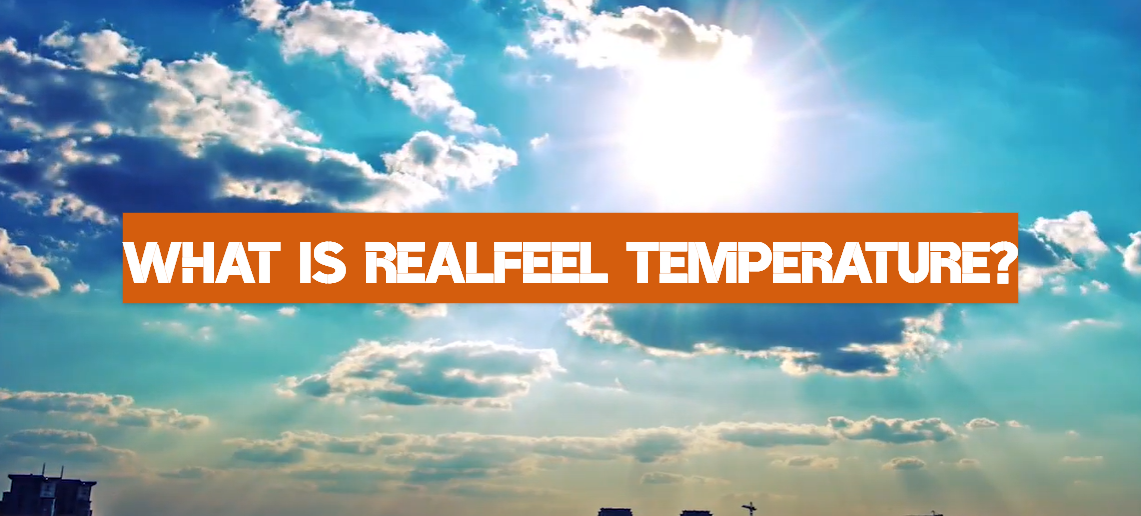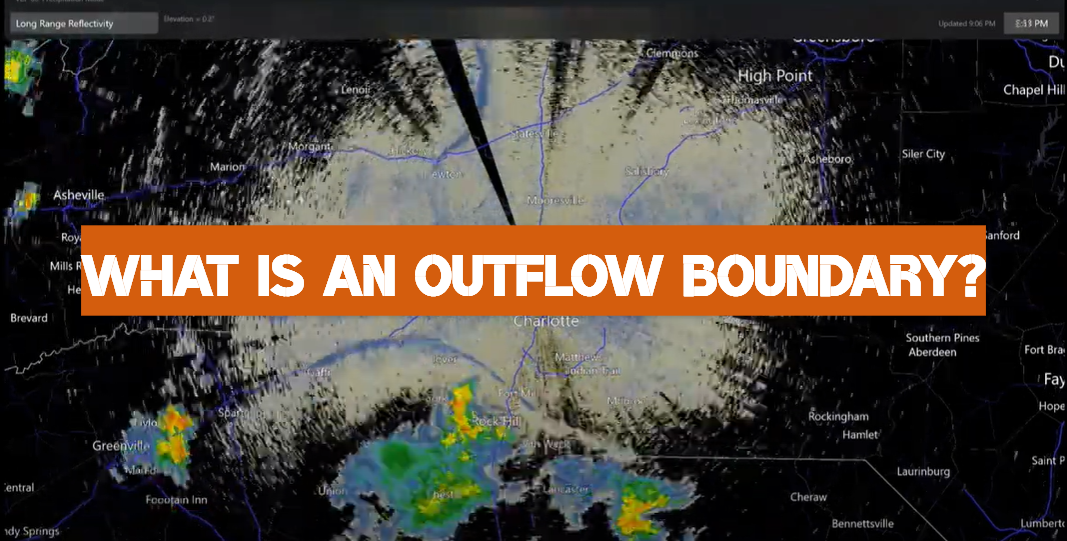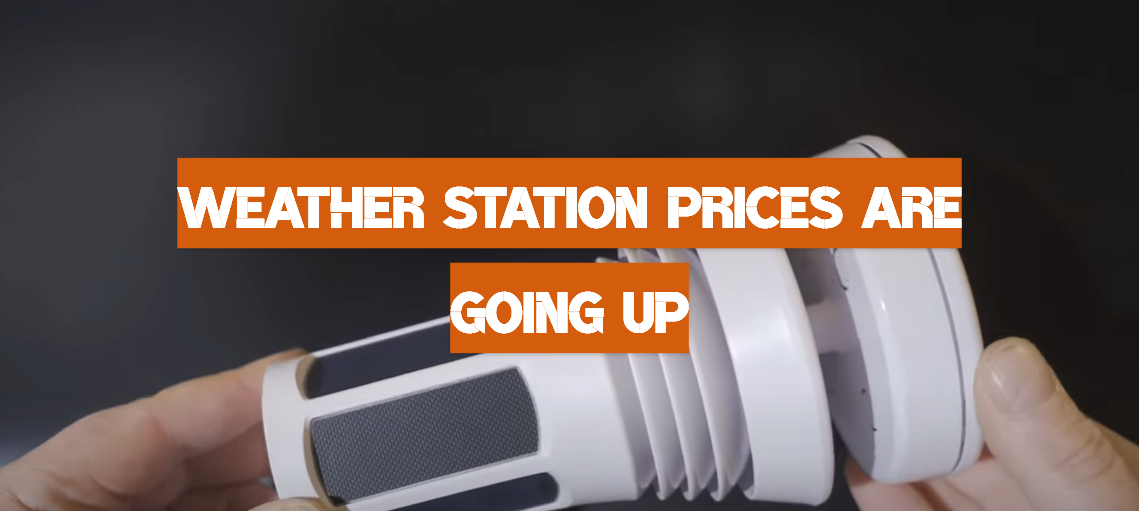RealFeel Temperature is an innovative and unique concept in the field of meteorology. This measurement factor takes into consideration various weather elements, providing a more comprehensive and accurate representation of how the temperature actually feels to individuals. Unlike the standard temperature reading, which only reflects the air’s temperature, RealFeel incorporates humidity, sunlight intensity, wind speed, and other variables, offering a more realistic and personalized weather experience.
Table of Contents
Why make the temperature more complex?
How the body regulates high temperatures
The human body has an efficient in-built system to maintain a core temperature of about 98.6°F (37°C), irrespective of the external weather conditions. When subjected to high temperatures, the body reacts through a process known as thermoregulation. Sweat glands are activated, releasing sweat onto the skin surface. As the sweat evaporates, it absorbs heat from the body and cools it down. Moreover, the blood vessels in the skin dilate in a process called vasodilation. This allows for more blood flow to the skin where it can be cooled by the air. However, factors like high humidity can hamper the evaporation process, making it more challenging for the body to cool down efficiently. This is the reason why humidity often makes us seem warmer than the real temperature, a phenomenon accurately reflected by the RealFeel Temperature.

How the body regulates low temperatures
Just as the body has mechanisms in place to cool down in high temperatures, it also has strategies to conserve heat when exposed to cold weather. When the body senses a drop in external temperatures, it attempts to maintain its core temperature through a process known as thermogenesis. This includes behaviors such as shivering, when your muscles generate warmth through rapid contraction and relaxation, and vasoconstriction, which occurs when your blood vessels constrict to reduce heat loss from the body’s surface. The body also increases its metabolic rate to produce more heat. However, these mechanisms may not suffice in extremely cold conditions, potentially leading to hypothermia. This is why it is essential to wear suitable clothing in cold weather, a decision that can be better informed by understanding the RealFeel Temperature, which accounts for wind chill and other factors, providing a more accurate measure of how cold conditions really feel.[1]
Heat and wind indicators
Two crucial elements factored into RealFeel Temperature are the heat and wind indicators, which significantly affect how we perceive hot and cold temperatures respectively. The heat index, also known as the “apparent temperature”, is a measure of how hot it feels when relative humidity is factored in with the actual air temperature. It explains why, on certain high humidity days, it may feel hotter than what the standard temperature reading suggests. On the other end of the spectrum, cold wind is a calculation of the perceived decrease in tempera caused by the wind’s effect on the body, making the environment more cold than the actual air temperature. This factor is particularly important in the winter months when it can significantly impact the body’s ability to stay warm. By considering these additional factors, the RealFeel Temperature provides a more accurate and personal measure of weather conditions.[1]
Feels like temperature
“Feels Like” temperature is another term often used when discussing weather conditions and refers to a similar concept as RealFeel Temperature. It attempts to express how the human body perceives the temperature considering factors like humidity, wind, and sunlight. For example, in summer, if the temperature is 90°F (32.2°C) and the humidity is high, the body’s ability to cool itself through sweating is compromised, making it feel much hotter – perhaps a “Feels Like” temperature of 100°F (37.8°C). In contrast, in winter, a temperature of 32°F (0°C) can feel much colder if there’s a strong wind, factoring in a lower “Feels Like” temperature. Therefore, understanding the “Feels Like” temperature can help individuals better gauge the weather conditions and prepare accordingly. This concept underscores the importance of comprehensive weather measurements like RealFeel and Feels Like temperatures, which offer a more personalized and accurate depiction of weather conditions.[2]

Other apparent temperature measures
Apart from RealFeel Temperature and Feels Like Temperature, there are several other techniques used around the world to estimate apparent temperatures, providing a more realistic perception of weather conditions. One such measure is the Australian Apparent Temperature (AT), which considers both air temp and wind power, and humidity, but also human clothing resistance and surrounding radiation. Similarly, Canada uses the Humidex scale, which combines temperature and humidity to reflect perceived temperature in warmer weather. The Wind Chill Index used in the United States and Canada calculates perceived temperature by considering the rate of heat loss from the body during cold and windy weather. In the United Kingdom, the Met Office uses the “Feels Like” temperature, which incorporates wind speed, temperature, and rainfall when temperature is below 50°F (10°C), and wind speed, temperature, and humidity when temperature is above 59°F (15°C). These varied measures, although differing in methodology, all aim to provide a more accurate representation of how weather conditions are truly experienced by individuals, aiding in more informed decision making.[1]
What Is RealFeel Temperature?
RealFeel Temperature, developed by AccuWeather, is a groundbreaking measure that goes beyond standard temperature readings. It provides a remarkably accurate sense of how hot or cold it actually feels outdoors by taking into account a multitude of factors.
In addition to the basic temperature, RealFeel Temperature considers the impact of humidity, wind speed, sun intensity, cloud cover, and even the angle of the sun. By incorporating these crucial elements, it offers a comprehensive understanding of local weather conditions.
With its sophisticated calculation, RealFeel Temperature presents a more realistic representation of the weather. This valuable information empowers individuals to make informed decisions about clothing choices and outdoor activities.
So, whether you’re planning a hike, a picnic, or simply wondering what to wear, RealFeel Temperature has got you covered, delivering accurate insights to enhance your weather experience.[2]

FAQ
What is the meaning of RealFeel temperature?
RealFeel Temperature is a highly sophisticated and innovative weather metric developed by AccuWeather. It goes beyond traditional temperature readings by considering a wide array of factors that collectively contribute to how the weather truly feels to an individual. By taking into account not only the air temperature but also elements like wind speed, humidity levels, sun intensity, cloud cover, and even the angle of the sun, RealFeel provides a comprehensive and accurate representation of the weather conditions.
Imagine a hot summer day with high humidity and strong sun intensity. While the standard temperature might indicate a certain degree, the RealFeel Temperature will accurately capture the sweltering heat that you would actually experience. The same applies to cold conditions, where the effects of wind speed and cloud cover can make the temperature feel significantly colder than what a thermometer would display.
The beauty of RealFeel Temperature lies in its ability to provide personalized and localized information. It empowers individuals to make informed decisions about what to wear and what outdoor activities to engage in. Whether it’s choosing the perfect outfit for a summer picnic or deciding whether to bring an extra layer for a winter hike, RealFeel Temperature ensures that you are prepared for the real conditions you will encounter.
AccuWeather’s dedication to accuracy and innovation has made RealFeel Temperature an invaluable tool for anyone wanting a more detailed and realistic understanding of the weather. So, the next time you check the forecast, remember to look beyond the traditional temperature reading and embrace the power of RealFeel.
What is the real feel thermometer?
The Real Feel Thermometer is an innovative device that goes above and beyond to provide accurate weather information. By calculating the RealFeel Temperature, a unique weather metric developed by AccuWeather, this thermometer takes into account a wide range of factors. It considers not only the air temperature but also humidity levels, wind speed, sun intensity, cloud cover, and the angle of the sun. By incorporating all these variables, the Real Feel Thermometer delivers a weather metric that accurately reflects how the current conditions truly feel to humans.
With this comprehensive approach, individuals can make more informed decisions about their daily activities. Whether it’s choosing the right clothing, planning outdoor events, or preparing for the day’s weather, the Real Feel Thermometer offers invaluable insights. By understanding and adapting to the ever-changing weather conditions, you can stay comfortable and be better prepared for whatever Mother Nature has in store.
In summary, the Real Feel Thermometer is a game-changer in weather forecasting. Its ability to provide a more realistic representation of the weather conditions makes it an essential tool for anyone who wants to make the most of their day while staying comfortable and prepared.

Does the real feel the actual temp?
Although the RealFeel Temperature and the actual temperature are related, they are not the same. The actual temperature is a straightforward measure of the air’s temperature at a specific time and place, without considering other environmental factors. On the other hand, the RealFeel Temperature is a more comprehensive measure that takes into account a variety of factors, including humidity, wind speed, sun intensity, cloud cover, and the angle of the sun. These factors can have a significant impact on how hot or cold the weather actually feels to an individual.
For example, on a hot day, a high degree of humidity or a strong sun can make the RealFeel Temperature considerably higher than the actual temperature. It’s like the weather is cranking up the heat by adding extra factors into the mix. Similarly, on a cold day, factors like wind speed and cloud cover can make the RealFeel Temperature much colder than the actual temperature. It’s like a chill factor that makes you bundle up even more.
Therefore, while there is a relationship between the RealFeel Temperature and the actual temperature, the RealFeel often provides a more accurate representation of what the weather conditions truly feel like. It’s like having a personalized weather report that takes into account all the factors that affect your comfort level. So next time you check the weather, don’t forget to take the RealFeel into consideration for a more complete understanding of what it’s really going to be like outside.
What is a feeling temperature?
Feeling Temperature, often referred to as ‘apparent temperature’, ‘real feel’, or ‘feels like’, is a comprehensive measure of how the surrounding environment is perceived by humans. It goes beyond the mere recording of the actual air temperature and takes into account various meteorological factors that influence our perception of weather conditions. These factors include humidity, wind speed, sun intensity, and cloud cover, among others.
The interplay of these factors can significantly modify our experience of heat or cold, making the Feeling Temperature a more accurate indicator of weather comfort levels. For example, on a hot day with high humidity, the moisture in the air can hinder sweat evaporation, making us feel even hotter than the actual temperature suggests. This is why the Feeling Temperature may be higher in such conditions. Conversely, on a cold and windy day, the wind can strip away body heat more rapidly, intensifying the sensation of cold. As a result, the Feeling Temperature may be lower in these circumstances.
By considering the Feeling Temperature, we gain a more realistic understanding of how weather conditions affect us. This knowledge enables us to make informed decisions regarding appropriate clothing choices, planning outdoor activities, and taking necessary health precautions. So, next time you check the weather, pay attention to the Feeling Temperature for a more comprehensive assessment of what to expect and how to prepare.

Why does the real feel temp higher?
The RealFeel Temperature can often feel higher than the actual temperature due to certain environmental factors. One of the primary factors is humidity. On hot days, high humidity levels can slow down the process of sweat evaporation, making it difficult for our bodies to cool down naturally. This results in a perceived increase in temperature. Similarly, intense sunlight, especially during peak hours, can also raise the RealFeel Temperature. The sun’s rays heat the surface of our skin and the environment around us, making us feel hotter than the actual air temperature. Therefore, even if the actual temperature seems moderate, the combined effects of high humidity and strong sunlight can cause the RealFeel Temperature to be considerably higher, impacting our comfort levels and requiring us to take necessary precautions.
Moreover, wind speed and air movement also play a role in the RealFeel Temperature. Strong winds can enhance the perception of cold or heat on our bodies. For example, on a chilly day, a strong wind can make the temperature feel even colder than it actually is, while on a hot day, a gentle breeze can provide some relief from the heat.
Additionally, factors such as altitude and urbanization can affect the RealFeel Temperature. At higher altitudes, the air is thinner, leading to a decreased ability to transfer heat from our bodies. This can make the temperature feel cooler than it would at sea level. On the other hand, in urban areas with high concentrations of buildings and pavement, the heat absorbed by these surfaces can create an urban heat island effect, making the temperature feel higher than in surrounding rural areas.
In conclusion, the RealFeel Temperature is influenced by a combination of factors including humidity, sunlight, wind speed, altitude, and urbanization. Understanding these factors can help us better interpret and prepare for the impact of weather conditions on our comfort and well-being.
What makes the real feel temperature different?
Unlike traditional temperature measurements that focus solely on the ambient temperature, the RealFeel Temperature takes into account various environmental factors, providing a more holistic understanding of the weather. It goes beyond just the temperature reading and considers additional components such as humidity, wind speed, sun intensity, cloud cover, and even the angle of the sun. By incorporating all these factors, the RealFeel Temperature calculates a perceived temperature that aligns closely with how humans experience weather conditions.
What sets the RealFeel Temperature apart is its dynamic nature. Unlike the actual temperature, which remains constant, the RealFeel Temperature can vary more widely. This variance allows for a more accurate and detailed representation of the weather. It captures the nuances of how weather conditions truly feel, enabling individuals to tailor their activities and dress code accordingly.
The comprehensive method of calculation employed by the RealFeel Temperature ensures that it provides a more realistic depiction of the temperature as it is experienced by humans. Rather than relying on a single numerical value, it takes into account multiple factors that influence our perception of weather. This approach offers a more nuanced understanding of the weather conditions, allowing individuals to make informed decisions based on the actual experience rather than just the temperature reading.
In summary, the RealFeel Temperature goes beyond a simple temperature measurement. It considers various environmental factors to provide a comprehensive understanding of how weather conditions truly feel. By capturing the complexities of our weather experience, it empowers individuals to adapt their plans and dress code accordingly, ensuring a more comfortable and enjoyable outdoor experience.
Useful Video: What is the AccuWeather RealFeel® Temperature?
Conclusion
The RealFeel Temperature is not just a mere concept but a groundbreaking and innovative approach that revolutionizes our understanding of weather conditions. By considering various environmental factors such as humidity, wind speed, sun intensity, and cloud cover, it provides a comprehensive and holistic perception of temperature as experienced by humans in their everyday lives. Unlike the conventional temperature measurement, which only reflects the air’s temperature, the RealFeel Temperature takes into account the complex interplay of these factors, offering a more accurate representation of what the weather truly feels like.
With the RealFeel Temperature in our hands, we gain a powerful tool that empowers us to make more informed decisions about our daily activities. From choosing the appropriate clothing for the day to planning outdoor events, we can now navigate through the ever-changing weather conditions with greater efficiency and ease. This not only enhances our overall comfort but also ensures our safety in unpredictable weather situations.
By leveraging the RealFeel Temperature and its intricate understanding of the environment, we unlock a new level of adaptability and resilience. We become more attuned to the subtle nuances of weather patterns, allowing us to adjust and prepare accordingly. Whether it’s a scorching summer day or a chilly winter morning, we can confidently step out, knowing that our decisions are rooted in a deeper understanding of the actual weather conditions.
In conclusion, the RealFeel Temperature is more than just a numerical value; it’s a gateway to a richer and more nuanced perception of weather. It empowers individuals like never before, enabling us to navigate through our daily lives with confidence and assurance, no matter what Mother Nature has in store for us. So, let us embrace this groundbreaking approach and unlock the true potential of our weather experiences.
References:
- https://www.visualcrossing.com/resources/documentation/weather-101/what-is-the-difference-between-temperature-heat-index-wind-chill-feels-like-temperature-apparent-temperature-and-realfeel-temperature/
- https://www.accuweather.com/en/weather-news/what-is-the-accuweather-realfeel-temperature/156655






Leave a Reply